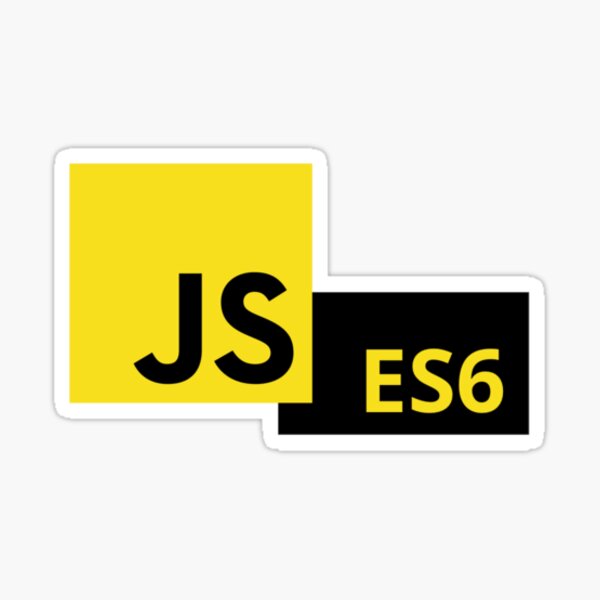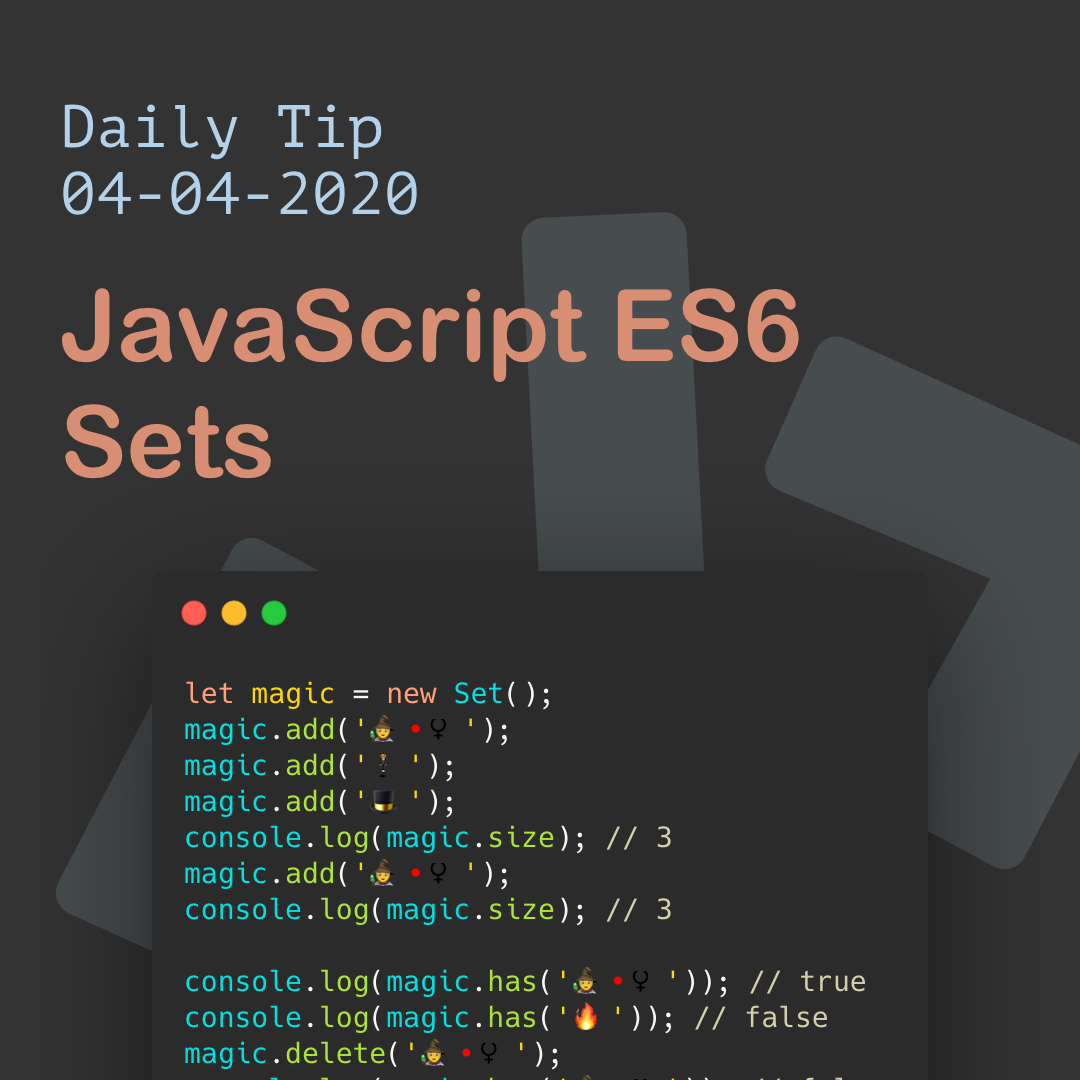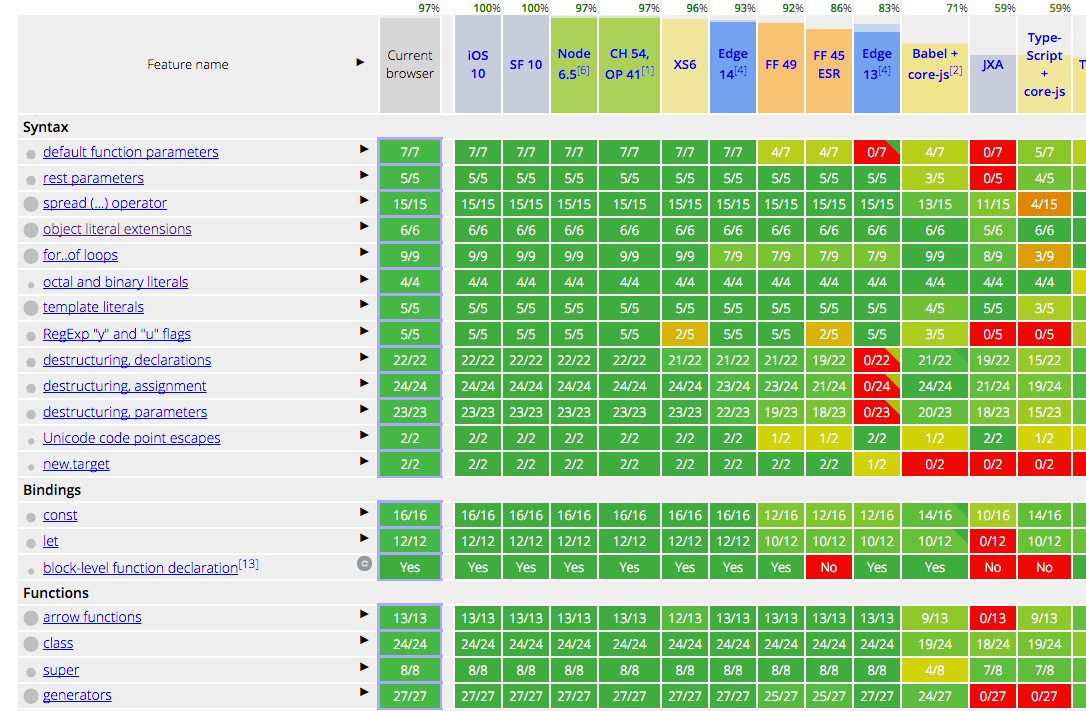
Made by where semicolons are not included. NoteĪll the snippets include the final semicolon There is a fork of those snippets here This extension contains code snippets for JavaScript in ES6 syntax for Vs Code editor (supports both JavaScript and TypeScript). Now that you have a sense of the evolving history of JavaScript, let’s jump right into the changes and additions we have seen over the years since 2015.JavaScript VS Code JavaScript (ES6) snippets In general, ECMAScript is the title used to refer to the formal standardized language, while JS is used when programmers discuss the language in practice. The name ES.Next is given to the upcoming version, which is still in revision and proposal. There have been four more updates since that time: ECMAScript 2016, 2017, 2018, and 2019. The next big update occurred in 2015 when ECMAScript 6 (ES6) or ECMAScript 2015 (ES2015) was officially released. The desire for a more robust update began around 2012 when there was a stronger push to abandon support for Internet Explorer. There was some controversy over these updates, and ES4 was scrapped.ĮCMAScript 5 (ES5) came along in 2009 with subtle changes to ES3 so that JavaScript could be supported in all browsers. After ECMAScript 3, no changes were made to the official standard for many years.ĮCMAScript 4 was proposed as a significant upgrade in the mid-2000s. ECMAScript 2 followed a year later, bringing minor changes to modernize the language with ISO standards.ĮCMAScript 3 was released in 1999 and ushered in many new popular features, including expression, try/catch exception handling, and more.


The first standardized version of ECMAScript was released in 1997. Let’s briefly outline the history of ECMAScript updates over the past decade.

It took nearly 15 years for ECMAScript to see major changes, and since then, it has been updated regularly.

In 1996, Netscape submitted JS to ECMA International to be standardized, which lead to a new version of the language called ECMAScript. JavaScript (JS) is a lightweight, object-oriented, interpreted programming language.


 0 kommentar(er)
0 kommentar(er)
